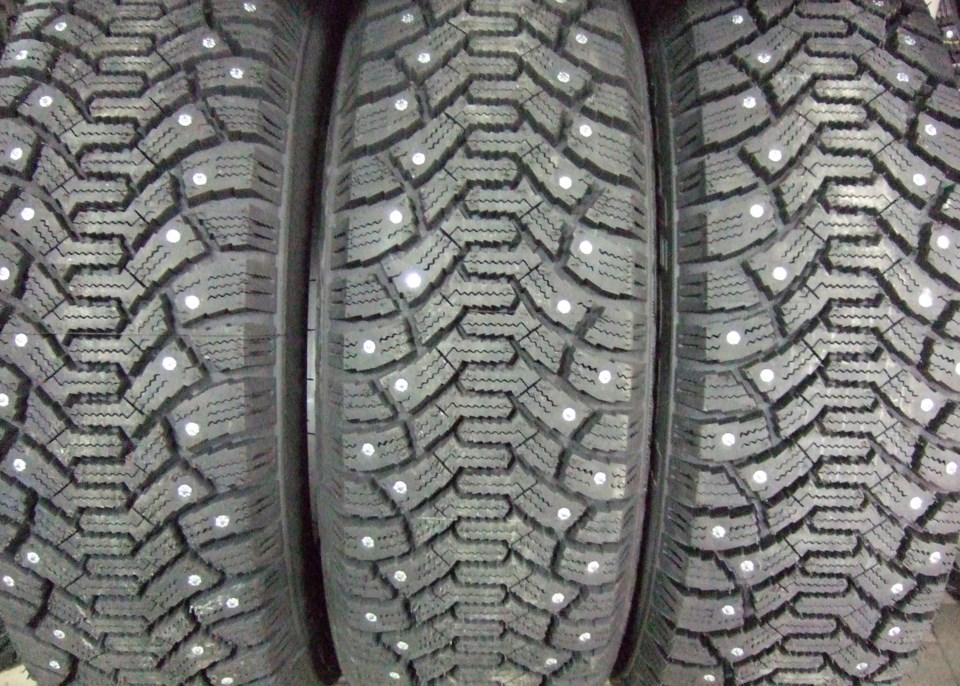NEWS RELEASE
SOUTH SIMCOE POLICE
*************************
Winter with all its beauty, provides us with some driving challenges. Winter tires can help you face these challenges. The South Simcoe Police would like to share some winter tire tips with the public, courtesy of Transport Canada.
Vehicle handling will be improved when tires of the same type, size, speed rating and load index are installed on all four wheels.
Snow Tires: Tires marked with the pictograph of a peaked mountain with a snowflake meet specific snow traction performance requirements, and have been designed specifically for use in severe snow conditions.
If you intend driving in severe winter conditions, install four winter tires that meet the "snow tire" designation on your vehicle. These snow tires will assist you to control your vehicle safely in slippery conditions.
Tires marked "M + S" – or "mud and snow" tires, also known as "all-season" tires— continue to provide safe all-weather performance, but may not always be suitable for severe snow conditions.
Wide, high performance tires, other than those that are specifically designed as snow tires, are not suitable for use on snow covered roads.
Remember: To help maintain control and stability of your vehicle in icy conditions, Transport Canada and the Rubber Association of Canada recommend that you install winter tires in sets of four.
Mixing tires with different tread patterns, internal construction, and size degrades the stability of the vehicle and should be avoided. As a tire wears, snow traction is reduced.
Tires that are worn close to the tread-wear indicators have reduced traction and should not be used on snow-covered roads or in severe snow conditions. Proper air pressure extends tread life, improves safety, and reduces fuel consumption — all vital factors in saving energy and protecting the environment.
Tire pressure decreases as temperatures drop, so be sure to check the pressures at least once a month when the tires are cold, preferably after the car has been out all night.
*************************



